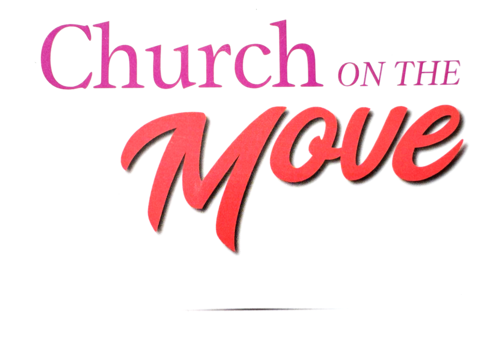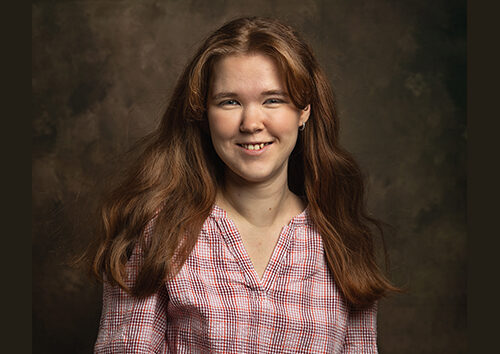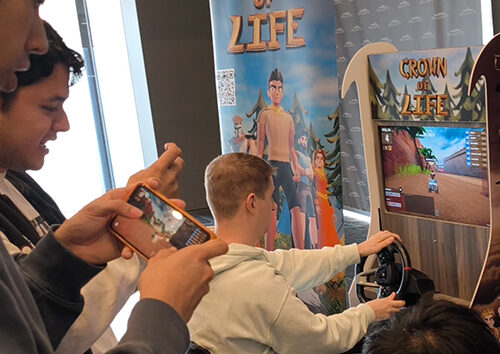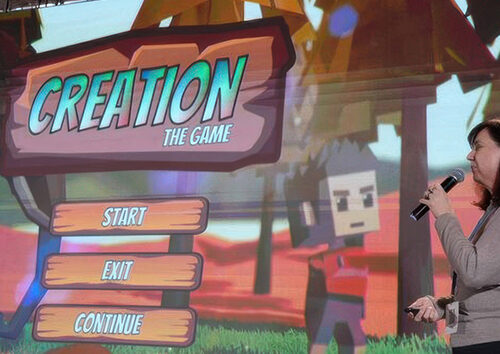25 May 2024| St. Albans UK [Adrian Peck with tedNEWS]
Scenario 1
Back in 2017, San Francisco had a such an issue with waste on its streets, that Sean Miller felt compelled to respond not with a street cleaning crew, but an app. With just two clicks, the app enabled users to upload photos in the hope that the city’s Public Works Department would visit the location and remove any offending items. Any sort of waste on any street can be disturbing. What is particularly striking about this case was that, amongst the drug paraphernalia and general refuse, there was to be found animal and human waste.
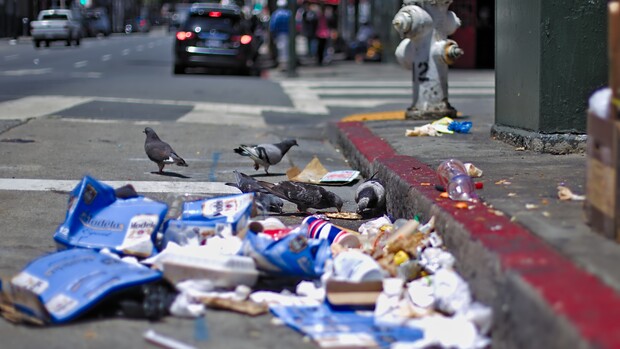
With the attention given to keeping things clean, it comes as no surprise that back in Bible times there was a time and place to defaecate (see Deut 23:12-13). But here we are thousands of years later and, according to the World Health Organisation, 419 million people go to the toilet in the open. Partly this is for cultural reasons, but mostly due to a lack of facilities. Such poor sanitation ‘reduces human well-being, social and economic development due to impacts such as anxiety, risk of sexual assault, and lost opportunities for education and work.’ To be out and about and come across animal waste is one thing; to stumble upon (hopefully not in) human waste is another.
Scenario 2
There once was a woman who was about to attend a service at this particular church for the first time. It was a sad occasion because one of her best friend’s relatives had passed away. People know there are at least a couple of times when dressing up is required, and funerals are certainly one of them. She was not sure what to wear. She had selected the most sophisticated and well-tailored items from her wardrobe, doing her best to present herself well. She walked nervously up steps that led to impressive double doors. She was greeted by one of the church’s elders. A tall and imposing figure, he was decked out in a sharply tailored three-piece suit and tie. No one could accuse him of not rising stylishly to the occasion.

“You cannot come in here dressed like that!” said the elder.
“Why?” she responded.
“You cannot come into the sanctuary wearing those clothes.”
“But I am a friend of the family and I have come to support them.”
“Not today, you haven’t. You’re not dressed appropriately enough to enter the sanctuary.”
The conversation about her admission into that building did not last long. The fall-out, however, lasted forever. She turned on her high heels and left and did not attempt to enter that church building ever again.
Disgust
What is the connection between the two stories? One thing is they both involve a disgust response. Disgust is a culturally-conditioned, bodily response that is helpful in many ways because it regulates society. It stops us eating contaminated food because it is mouldy or infested with maggots. It regulates our behaviour in matters of sex, death, and social norms. Disgust is a natural, instinctive human emotion. It is generated by something being out of place. More than just out of place, that something evokes disgust because it disturbs the senses, disrupts one physically or mentally, and is distasteful.
This concept is easily applied to the first scenario. To walk along the pavement and see human waste is to see something that should be dealt with in the privacy of one’s toilet. It is a contaminant that should not see the light of day. I imagine many experience disgust just reading about such a thing.
What about the second and sadly true scenario? In the first scenario, disgust is directed towards an object, but in the second it is triggered by a person. It is not human faeces that it is out of place, it is a human being. It is not the pavement that is being contaminated, it is a church building.
What do we do with disgust?
However, even as we do not have a choice about whether we respond to something with disgust, we can think about what we do with it. Do we allow it to control our thinking? Do we give it licence to generate feelings of superiority and judgmentalism? Do we allow it to see us exclude others? Do we allow ourselves to ignore the living, breathing human being whom God loves and see an object that merits only disdain, contempt, repulsion, and revulsion?
The interesting thing about the second scenario is that disgust is not just seen on the face of the elder. It is also on my face. I am disgusted that the elder treated a first-time visitor that way. I am disgusted that he didn’t prioritise people as Jesus did. So, what am I to do with all of that?
[1] https://medium.com/@miller.stowe/snapcrap-why-i-built-an-app-to-report-poop-on-the-streets-of-san-francisco-aac12382a7ce
[1] https://www.who.int/news-room/fact-sheets/detail/sanitation
Featured Image: The Stanborough Press
All other images: Shutterstock
Excerpts from Peck’s book, Church on the Move – From Isolation to Community, recently published by Stanborough Press, feature in every regular edition of tedNEWS from January to September 2024. In doing so, we’re inviting you to become a fellow traveller with Peck. Interestingly, his book offers ‘movements’ rather than ‘chapters’ to encourage a sense of the reader ‘being in transition’. If there was a book that particularly aligns and wrestles over the meaning of the Trans-European Division’s three strategic values to Extend Love, Grow Lifelong Disciples, and Multiply Communities, it is this one.
Copies of Church on the Move are available from Life Source Christian Bookshop (the retail outlet of The Stanborough Press). The book is also available as an eBook for Kindle. [Photos: Stanborough Press (featured image)
- ‘Movement 1’, The Question of Neighbourliness first published in the January edition of tedNEWS asked the question, “Am I being a neighbour without limits, qualifications, equivocation, or hesitation?”.
- ‘Movement 2’, Bad Breath, Awkward Silences, and the Art of Being Uncomfortable invited us to dare imagine the church community as a foretaste of the Kingdom of God.
- ‘Movement 3’, When will you become like us? Or should we be asking when will you become like Jesus?
- ‘Movement 4’, Initially, they seemed to attract only left-handed people… but then some right-handed people began to turn up.
- ‘Movemment 6’, Continued in the June edition of tedNEWS, ‘Ah! Those labels…”
